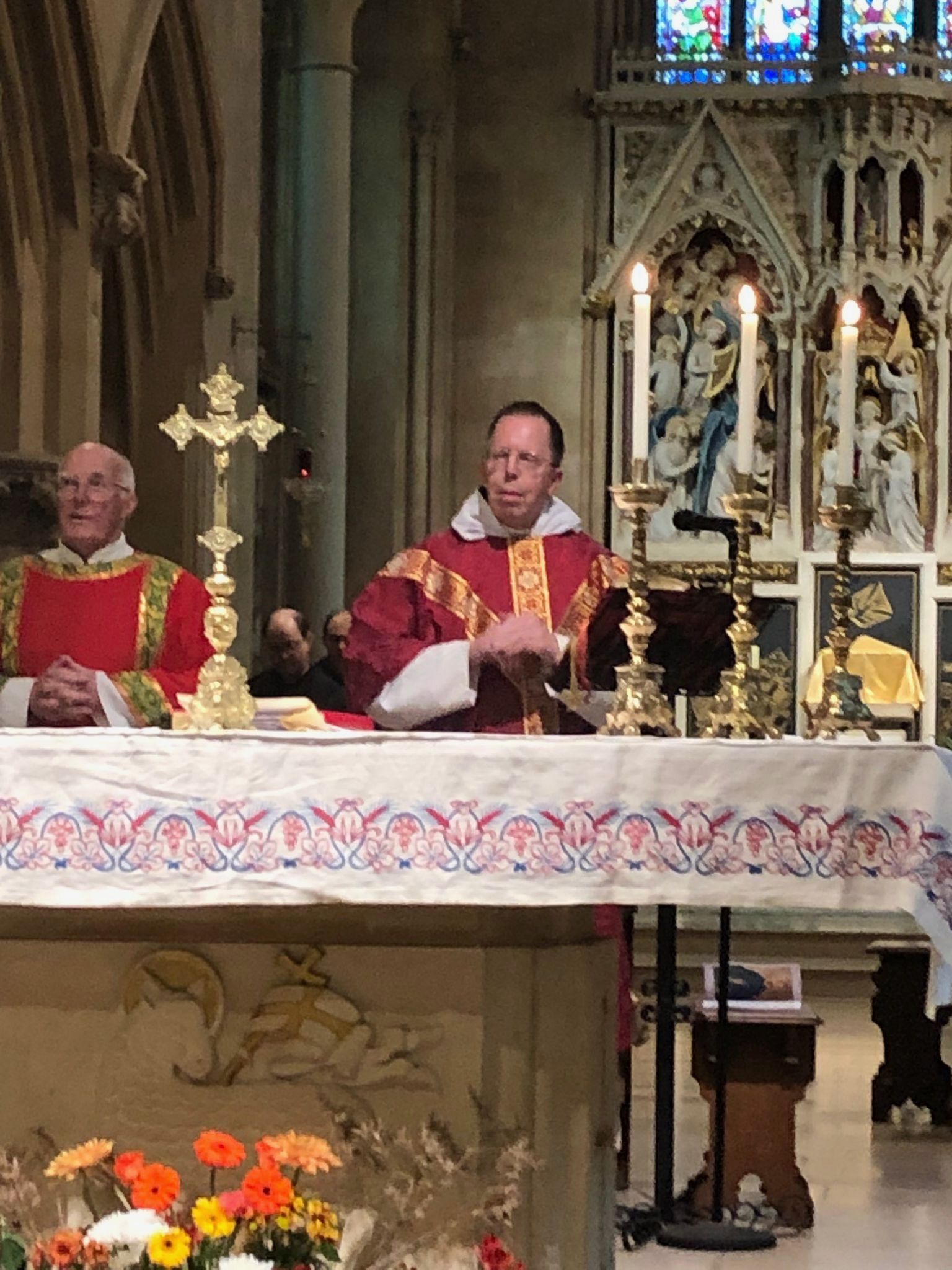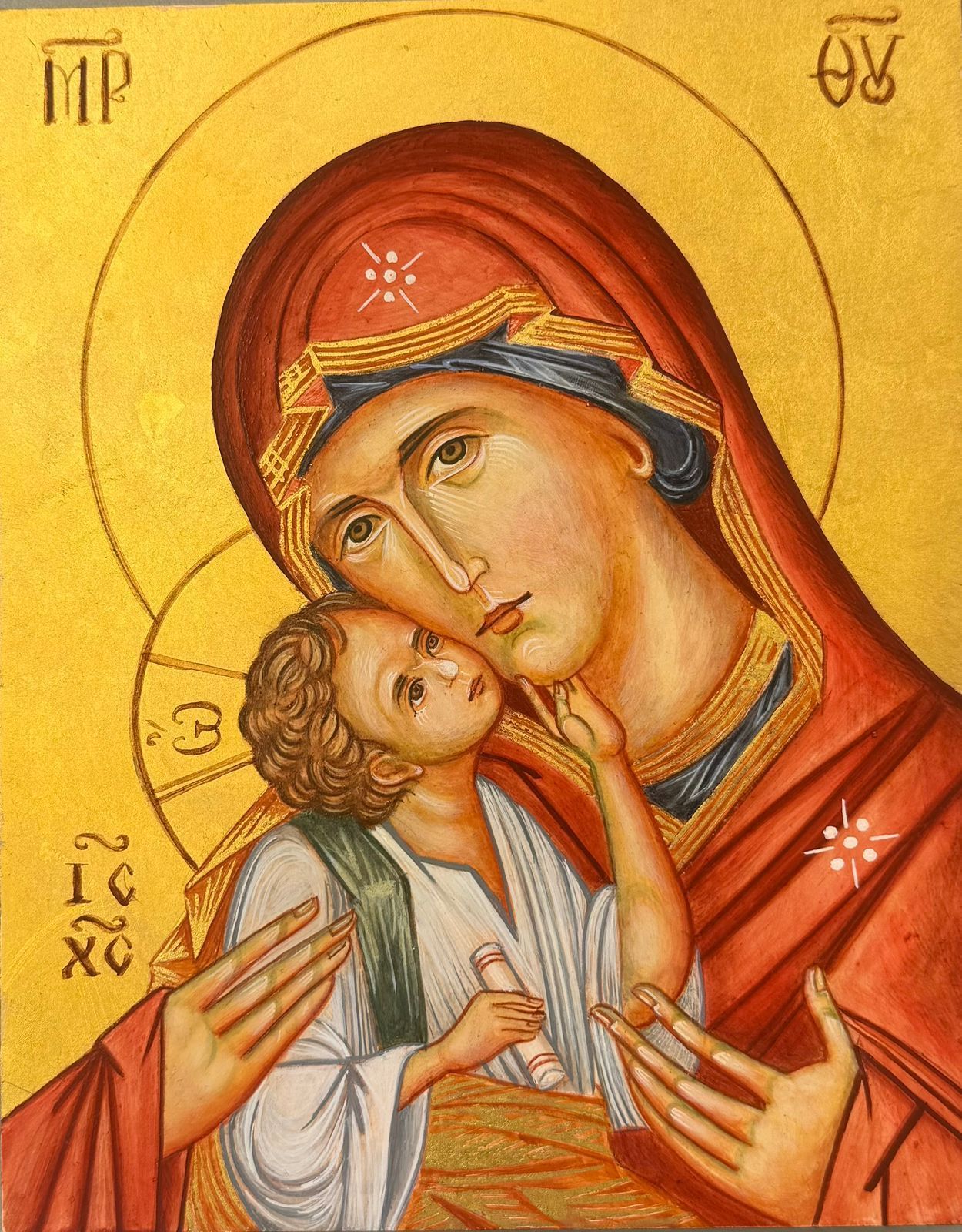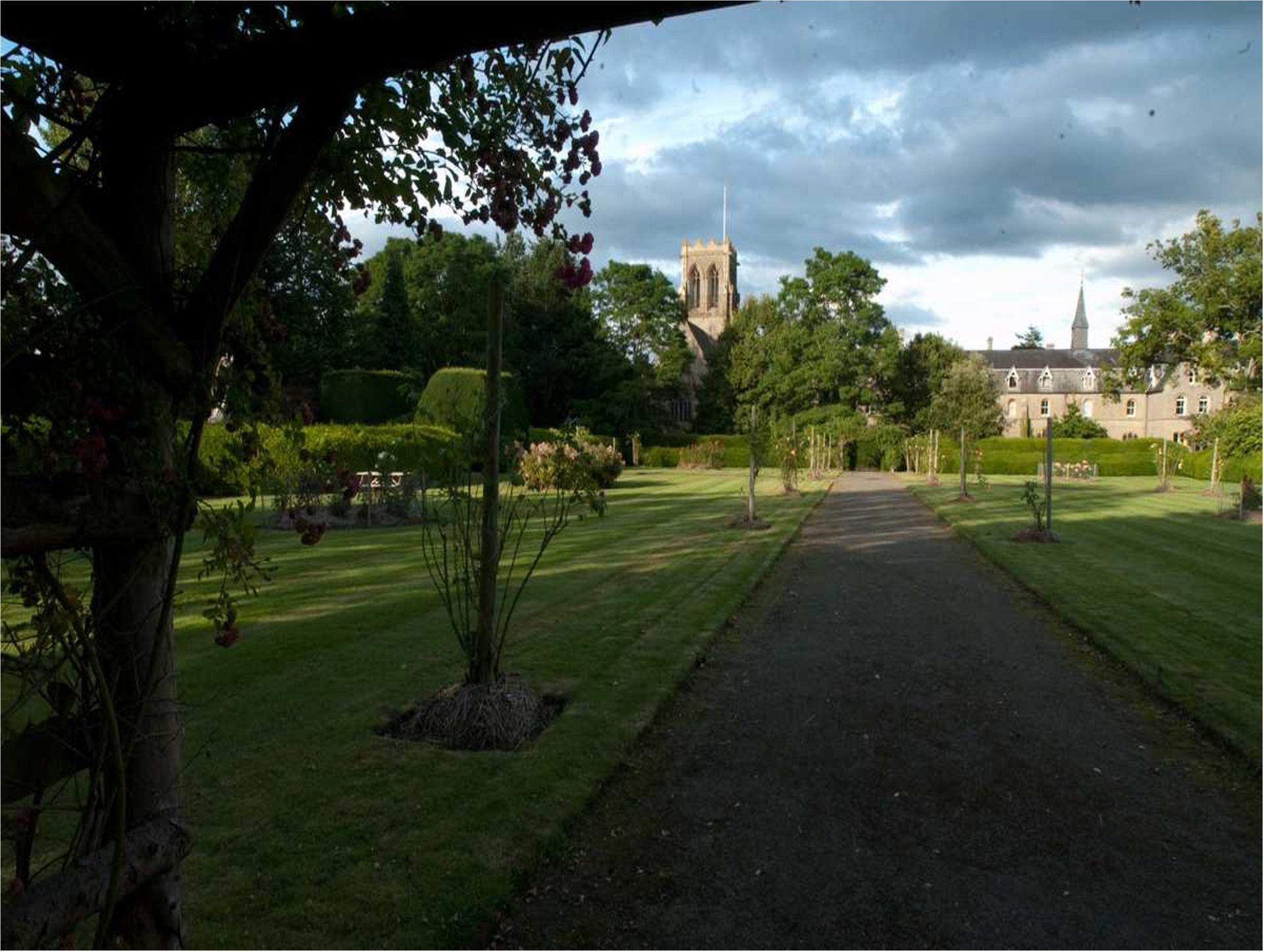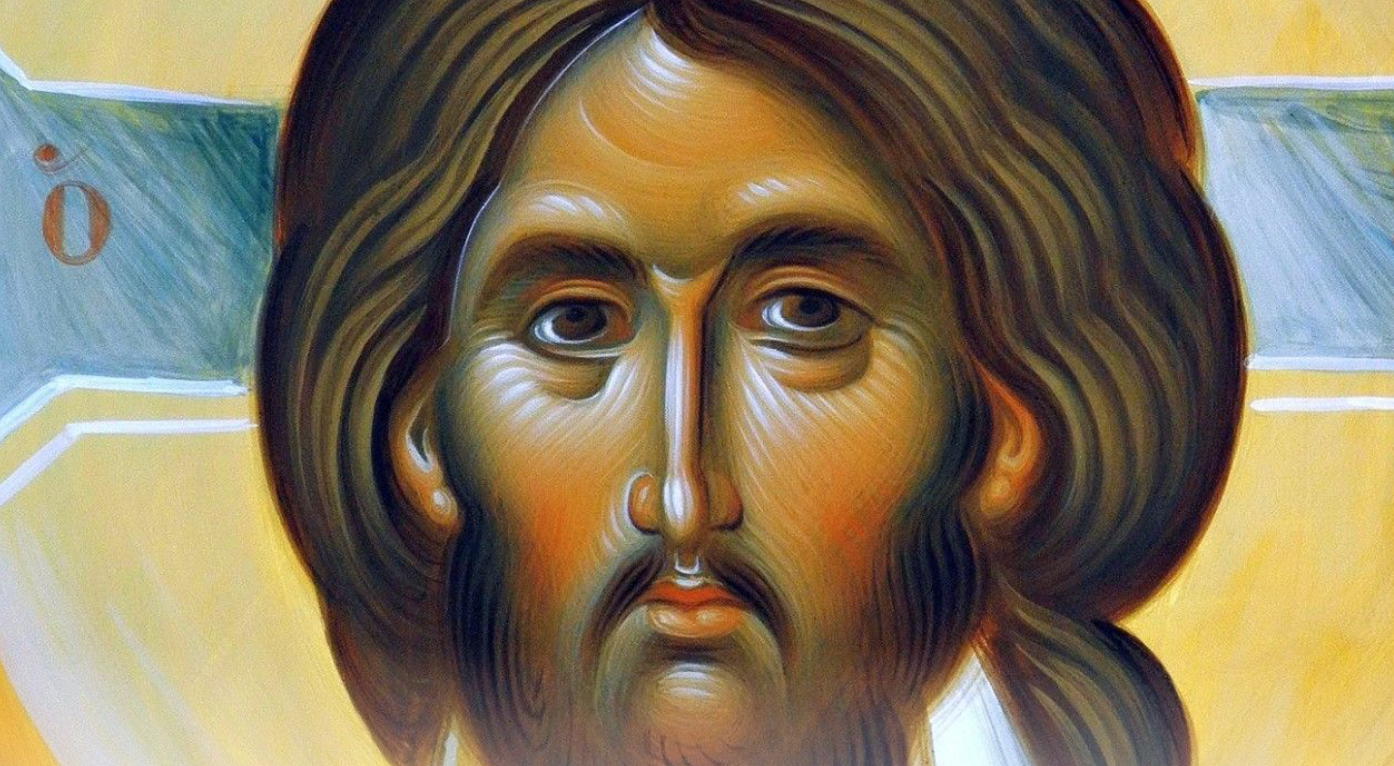Message of Abbot Paul - Thursday 2nd February 2023
Abbot Paul • February 1, 2023

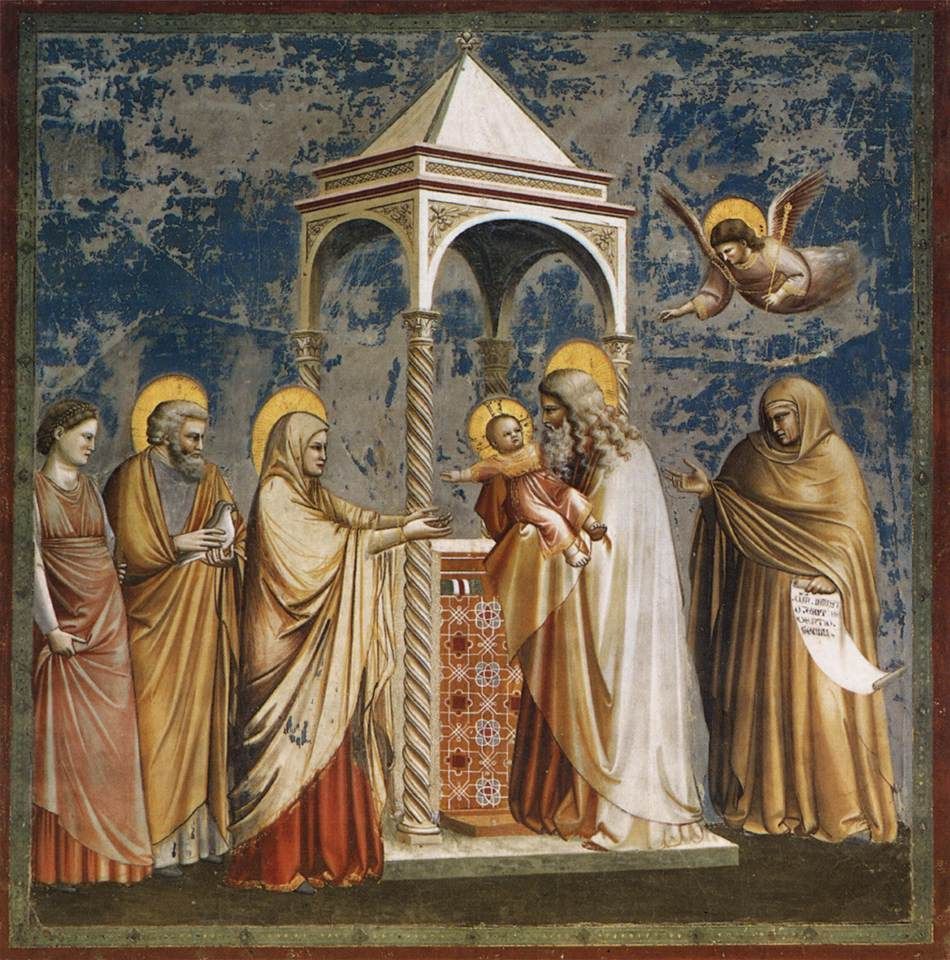
Today we celebrate the most unusual of feasts in that it has no less than four names, three of them deriving from the event it celebrates and one from the rite that takes place before Mass begins, the blessing of candles. So in the West we have Candlemas, the Purification of Our Lady and the Presentation of Our Lord, whereas in the East we have the Feast of Meeting, Ὑπαπάντη (Hypapante) in Greek, referring to Christ who enters his Temple in order to meet with his people, represented by Simeon and Anna, a meeting between the Old and New Testaments. And, of course, it is the last day of Christmas, the fortieth day since the birth of Jesus, the last feast of the Advent-Epiphany cycle, which at the same time looks forward to the season of Lent and the Easter cycle of feasts. “A sword will pierce your own soul too,” says Simeon to Mary as he sees, in the Christ Child, the Messiah born to suffer and die for our sins. If we go back further, to the dawn of creation, today is also the halfway mark between the shortest day and the spring equinox.
Forty days after his birth at Bethlehem, Mary and Joseph came to the Temple in Jerusalem to be purified and to present the child Jesus, Mary’s first-born, for God’s service. This traditional Jewish rite also involved the offering of a small sacrifice, “a pair of turtle doves or two young pigeons,” Essentially, they were giving thanks to God for the birth and good health of their son and the survival of his mother. Even today, childbirth is the most danger thing a woman can go through in life. This rite of purification and presentation was always a joyful occasion, a day of hope and thanksgiving. Yet, as we heard in the Gospel, after the blessing came a warning for Mary, when Simeon said to her, “This child is destined to be a sign that is rejected, and a sword will pierce your own heart too.” There would be many sacrifices ahead, culminating with the sacrifice of Calvary, when Jesus would offer his own life and shed his blood for the redemption of sinners.
Today is the last of the Christmas feasts, each one of them a theophany, an encounter with the living God in the person of Jesus Christ, God incarnate, Emmanuel, God with us. At his Nativity, the angels in heaven and the shepherds on earth rejoice at the birth of the Saviour, the child in the manger. At his Epiphany, the gentiles, represented by the wise men, follow a star and kneel to worship the infant King, whom they recognise to be both God and Saviour. At his Baptism, John the Baptist sees and hears the Holy Trinity, Father, Son and Holy Spirit, as Jesus emerges from the waters. At the Wedding Feast of Cana, at his Mother’s behest, Jesus transforms water into wine, as at the Last Supper bread and wine will become his Body and Blood and on the Cross blood and water will flow from his side as the Church, his mystical Body, comes into being through the Sacraments. Today, on this loveliest of feasts, Simeon and Anna, inspired by the Holy Spirit, see in the child presented in the Temple “the Christ of the Lord.” This is the final theophany of the Christmas story, when two prophetic figures, a man and a woman, bless God and say, “My eyes have seen the salvation which you have prepared for all the nations to see, a light to enlighten the pagans and the glory of your people Israel.”
Today, like Simeon and Anna, we have come to the Temple to encounter the Saviour of the world, the Word made flesh, Jesus Christ, Son of God and Son of Mary. May this meeting be for us the source of salvation and confirm our discipleship. Amen.


